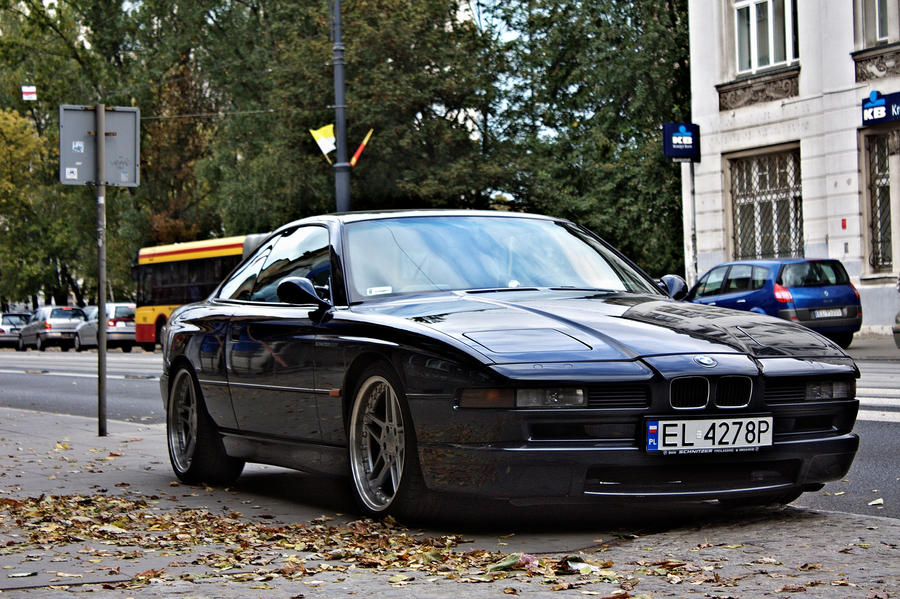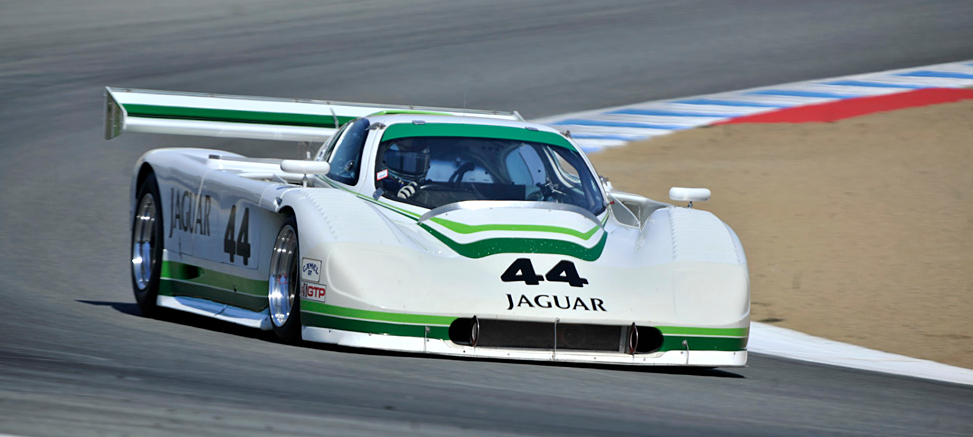
Τετάρτη 31 Μαΐου 2017
Τρίτη 23 Μαΐου 2017
MERCEDES-BENZ 280 SE Coupé | SCC TV
The Mercedes-Benz W111 (produced 1959–1971) helped Daimler develop greater sales and achieve economy of scale production. Whereas in the 1950s, Mercedes-Benz was producing hand-assembled 300s and 300SLs along with conveyor assembled Pontons (190, 190SL and 220) etc., the fintail (German: Heckflosse) family united the entire Mercedes-Benz range of vehicles onto one automobile platform, reducing production time and costs. However, the design fashion of the early 1960s changed. For example, the tail fins, originally intended to improve aerodynamic stability, died out within a few years as a fashion accessory. By the time the 2-door coupe and cabriolet W111s were launched, the fins lost their chrome trim and sharp appearance, the arrival of the W113 Pagoda in 1963 saw them further buried into the trunk's contour, and finally disappeared on the W100 600 in 1964.
The upgrade of the W111 began under the leadership of designer Paul Bracq in 1961 and ended in 1963. Although the fins' departure was the most visible change, the W108 compared to the W111 had a lower body waist line that increased the window area, (the windscreen was 17 percent larger than W111). The cars had a lower ride (a decrease by 60 mm) and wider doors (+15 mm). The result was a visibly new car with a more sleek appearance and an open and spacious interior.[2]
The suspension system featured a reinforced rear axle with hydro-pneumatic compensating spring. The car sat on larger wheels (14”) and had disc brakes on front and rear. The W109 was identical to the W108, but featured an extended wheelbase of 115 mm (4.5 in) and self-levelling air suspension. This was seen as a successor to the W112 300SEL that was originally intended as an interim car between the 300 Adenauer(W189) and the 600 (W100) limousines. However, its success as "premium flagship" convinced Daimler to add a LWB car to the model range. From that moment on, all future S-Class models would feature a LWB line.
Although the W108 succeeded the W111 as a premium range full-size car, it did not replace it. Production of the W111 continued, however the 230S was now downgraded to the mid-range series, the Mercedes-Benz W110, and marketed as a flagship of that family until their production ceased in 1968. The W108 is popular with collectors and the most desirable models to collect are the early floor shift models with the classic round gear knob and the 300 SEL's.

The BMW 850CSi Is Still The Ultimate Dream Car

BMW’s 8-Series. In order to pay proper tribute to the veritable king of rapid luxury, we’ve tracked down Taylor Patterson’s pristine example of the line-topping, limited-production 850CSi.
While BMW was revealed to have been making a bonafide go at an M8 variant of the big grand touring coupe back in the early ‘90s—and in fact the company’s sole box-flared beast of a prototype still exists, complete with carbon-fiber wheel covers—that car never made it to the masses, or at least to that portion with the taste and means to acquire such a car that would have likely carried an MSRP somewhere in the Ferrari territory it was aimed at.
Luckily for those people though (and for the second and third and fourth owners), M still left some incriminating fingerprints on the 8-Series, and as with most stews stirred by its hand, the result was an unmatched vessel of prowess that they simply called the 850CSi.
At the time of its reveal in 1992, the peer group for this car was almost nonexistent, and on a more abstract scale, there have been very few in its wake to attempt a similar blend of substance and poise. It never claimed to be a sporty coupe, yet it could outperform many of them. The car’s true domain however was a lengthy trip with the room to show off how comfortable 100+MPH can be; this was the kind of car whose essence was understated, yet its presence never went unnoticed.
Though any form of the E31 chassis was and is a genuine rarity, the CSi stood even further apart. At the time, this was the end-all, be-all, the award-winning stew of a high-tech ecosystem paired to a taut motor that could push the impressive package well past the imposed safety speed threshold of 155 MPH. Further boosting the desirability of the CSi model was the inclusion of special staggered forged M-System wheels with the distinctive “throwing star” bladed covers, a more robust and direct suspension, extra interior options, and a host of upgrades to the exterior paneling, as is the fashion for cars with the M treatment.
It was a truly special car, and its production run reflected that. Exorbitantly expensive, and unable to continue production in line with updated emissions standards, only 1,510 units of the model were produced the world over. And to add enthusiast clout to such rarity, each of these cars came fitted with a six-speed transmission bolted to the back of a 5.6-liter V12 stamped with the fastest letter in the alphabet.
The 380-horsepower heart that resides under the hood of Patterson’s—and every—CSi has an interesting family history, and can claim to this day its title as the rarest production engine in a BMW road car. In a reversal of the typical German logic, BMW’s M-tuned and -built motors will often trade their “M” designation for that of an “S.” Such is the case with the S70B56 found in the CSi. Variations of this motor—which was essentially a pair of straight-sixes fused together—would go on to win the 24 Hours of Le Mans outright, in both the McLaren F1 GTR, and in BMW’s own V12 LMR.
[17:10]
Too often the 8-Series is categorized in that group consisting of once-expensive luxury cars that are now prohibitively costly to maintain, and so are left to wallow, undriven. Sure, it checks a lot of those boxes (the V12 E31s have an ECU per half-dozen pistons, which is just a piece of the massive amount of interconnected systems in this car that required the creation of a bespoke network to operate), but somehow it just doesn’t belong in the dealer lots full of S-Classes with all their trick bits already broken. Perhaps the 840Ci automatic that’s been given a hard life is beyond the rational point of saving, but cars like Taylor’s immaculately displayed CSi prove that the time when these cars become “dated” is still a long ways off yet.
It’s understandable that one can look at something like the 850CSi and mistakenly view it as a compromise between two worlds, as an object somewhere on the muddled boundary between the disciplines of Motorsport and luxuriant indulgence. Of course it lives at such a meeting point, but the very fact that it does bring together these disparate worlds into a coherent package is the evidence that the last thing at play in a car like this is compromise.
Revisiting what made the first E31 a high watermark for the burgeoning world of luxury GTs in the 1990s makes us supremely excited for the modern interpretation of the flagship Ultimate Driving Machine, but no matter what comes next, the 850CSi will always be significant for what it stands for, and how good it looks doing so.
Drive Tastefully®
http://Petrolicious.com
Παρασκευή 19 Μαΐου 2017
750bhp Jaguar XJR-7

The founder of Historic Sportscar Racing's "The Mitty" Howard Turner shows us a 6-litre 1987 Jaguar XRJ-7 that raced in the IMSA GT Championship at this year's event at Road Atlanta.
Παρασκευή 12 Μαΐου 2017
Τρίτη 9 Μαΐου 2017
1963 Maserati Seabring

This desirable Series I Maserati Sebring was built in 1963 and delivered new to Bologna, Italy.
235 bhp, DOHC inline six-cylinder engine with indirect fuel injection, five-speed manual transmission, anti-roll bar, and four-wheel disc brakes. All that was state of the art in 1963.
After its original delivery in Italy, this Maserati was purchased by Joe Turley, then Chief Engineer of Buick, who owned it for over twenty years until his death.
Bit and pieces of things were changed over the years but a few years ago, Skip McCabe of McCabe Automotive Restoration of Mundelein, Illinois, fully restore the Maserati to its original configuration.
It was refinished in its original color combination of Amaranto with a new interior featuring black Connolly leather and Wilton wool carpets.
The car was purchased by its current owner two years ago, and it has remained in his collection in the Northeast ever since. In his custody, the restoration has been well preserved, and the car has been maintained as necessary.
I've been in and out of this car and it looks fabulous, drives wonderfully, and is a great alternative to a Ferrari 250 series car, like a PF coupe.
The car comes with an extensive history file that includes documents from Joe Turlay’s ownership, the Bill of Sale from Sasamotors IN ITALY, shipping invoice from Italy to the US, and numerous restoration receipts, and has been fully Maserati Classiched.
Παρασκευή 5 Μαΐου 2017
Εγγραφή σε:
Αναρτήσεις (Atom)



